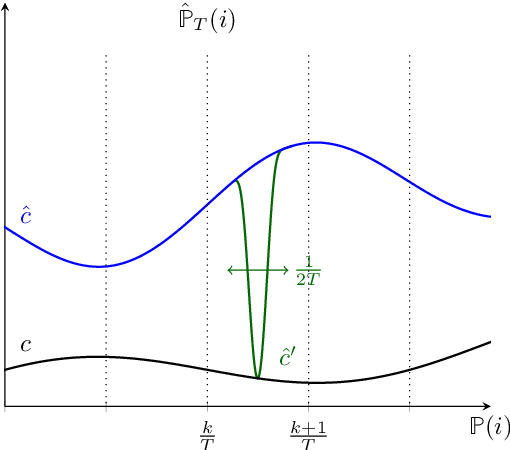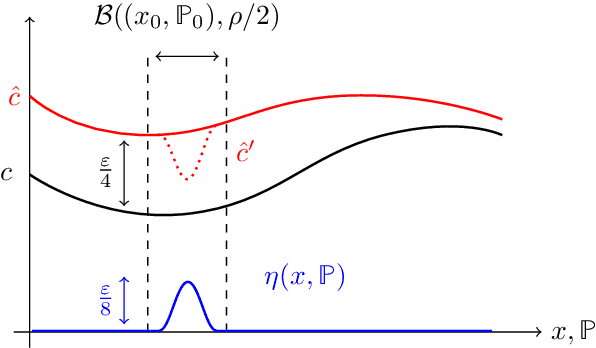Learning and Decision-Making with Data: Optimal Formulations and Phase Transitions
Paper and Code
Sep 14, 2021



We study the problem of designing optimal learning and decision-making formulations when only historical data is available. Prior work typically commits to a particular class of data-driven formulation and subsequently tries to establish out-of-sample performance guarantees. We take here the opposite approach. We define first a sensible yard stick with which to measure the quality of any data-driven formulation and subsequently seek to find an optimal such formulation. Informally, any data-driven formulation can be seen to balance a measure of proximity of the estimated cost to the actual cost while guaranteeing a level of out-of-sample performance. Given an acceptable level of out-of-sample performance, we construct explicitly a data-driven formulation that is uniformly closer to the true cost than any other formulation enjoying the same out-of-sample performance. We show the existence of three distinct out-of-sample performance regimes (a superexponential regime, an exponential regime and a subexponential regime) between which the nature of the optimal data-driven formulation experiences a phase transition. The optimal data-driven formulations can be interpreted as a classically robust formulation in the superexponential regime, an entropic distributionally robust formulation in the exponential regime and finally a variance penalized formulation in the subexponential regime. This final observation unveils a surprising connection between these three, at first glance seemingly unrelated, data-driven formulations which until now remained hidden.
 Add to Chrome
Add to Chrome Add to Firefox
Add to Firefox Add to Edge
Add to Edge